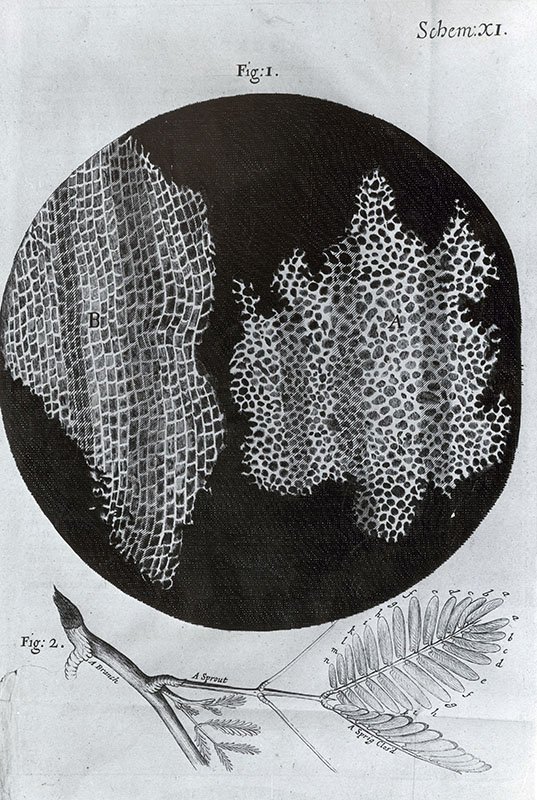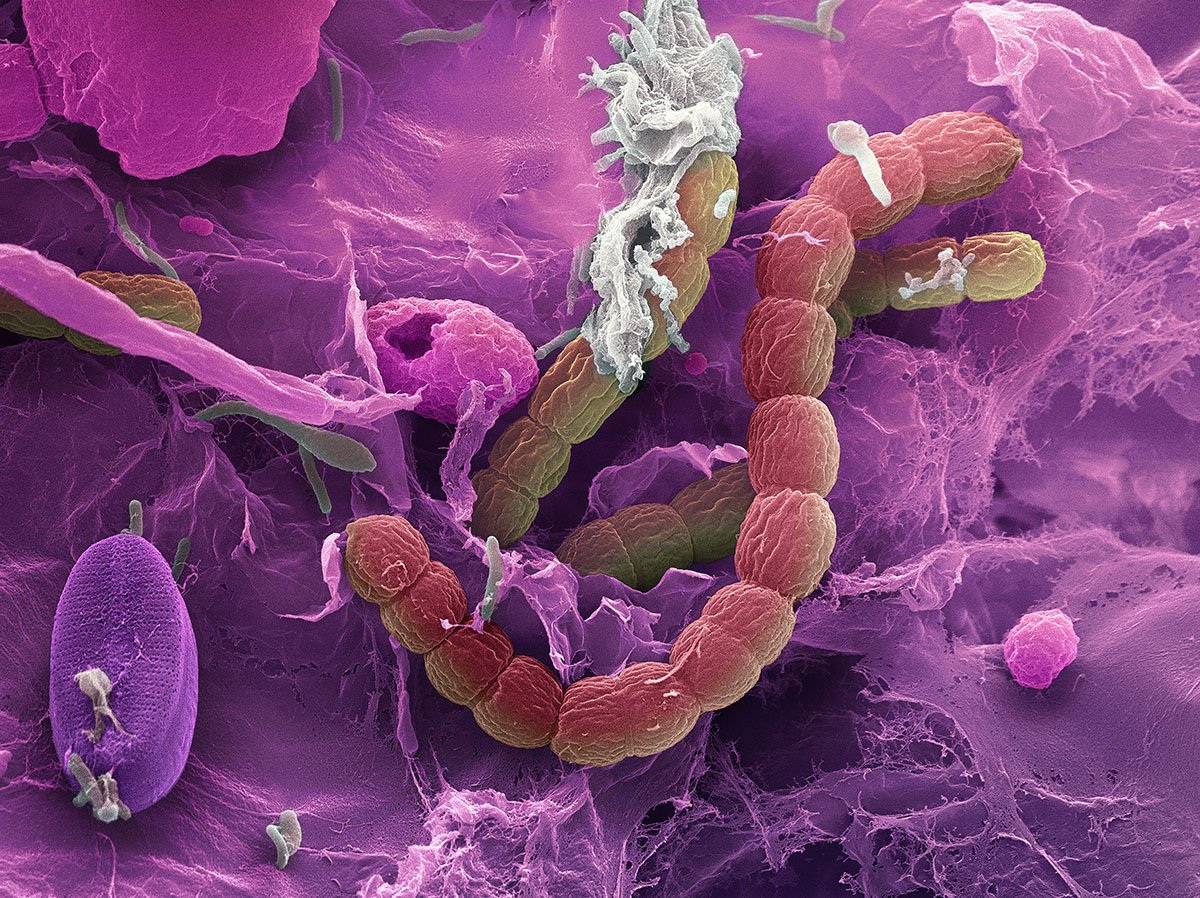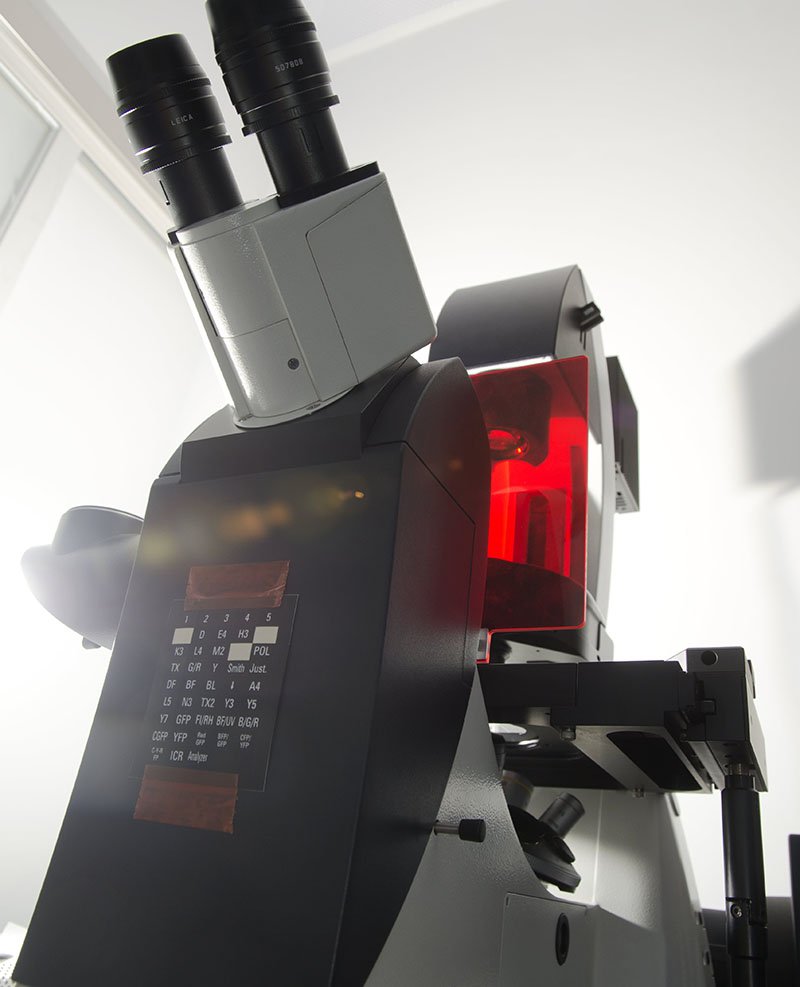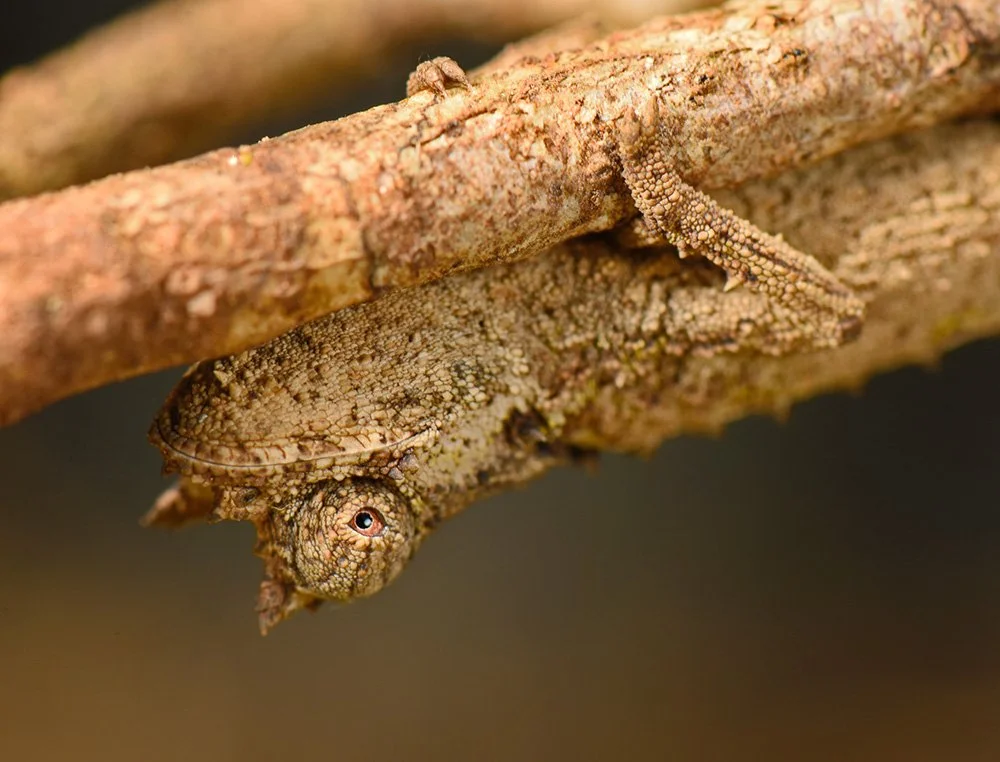For centuries, cephalopods have captured the imagination of mariners, artists, and storytellers. As far back as the Bronze Age, Minoans depicted octopuses in their pottery, fascinated by these mysterious, eight-armed creatures. Even today, cephalopods continue to inspire awe, appearing in modern mythology, steampunk aesthetics, literature, film, music, and video games—both feared and admired.
Cephalopods are a group of marine animals known for their intelligence, adaptability, and unique survival strategies. They use jet propulsion for movement, camouflage to evade predators, and ink as a defense mechanism. Their highly developed eyes rival those of vertebrates, making them some of the ocean’s most intriguing inhabitants.
The four main types of cephalopods are:
Octopuses – Soft-bodied and shell-less, octopuses are known for their problem-solving abilities and incredible camouflage skills.
Squid – Similar to octopuses but with two additional tentacles, squid are fast swimmers and masterful hunters.
Cuttlefish – Equipped with eight arms, two tentacles, and an internal shell called a cuttlebone, cuttlefish are renowned for their dynamic color-changing abilities.
Nautiluses – The only cephalopods with an external shell, nautiluses can have up to 90 tentacles, which lack suckers but feature ridges for grasping prey.
At Science Source, we offer a vast collection of high-quality stock images and videos featuring these fascinating marine creatures. Whether you’re working on a nature documentary, educational material, or a science publication, we can help you find the perfect cephalopod visuals.
Contact us today for expert assistance—no obligation, just a passion for bringing the wonders of the ocean to your projects!
Visit us at sciencesource.com or contact us at info@sciencesource.com for a consultation—at no obligation.
Scuba diver and Common Cuttlefish
Scuba diver and Common Cuttlefish Sepia officinalis The Cave dive site Vis Island Croatia Adriatic Sea Mediterranean. © NHPA / Photoshot / Science Source
Octopuses of the World
Collage of various species of octopus © Roger Hall / Science Source
Flapjack Octopus
This species of Grimpoteuthis, or flapjack octopus, is a deep water species. A key character to this group is the webbing between the tentacles. This individual, roughly baseball-sized, was captured in a trawl between 500 meters depth and the surface. © Dante Fenolio / Science Source
Bobtail Squid
Bobtail squid, Euprymna berryi, Komodo, Indonesia. © David Fleetham / Stocktrek Images /Science Source















































































































